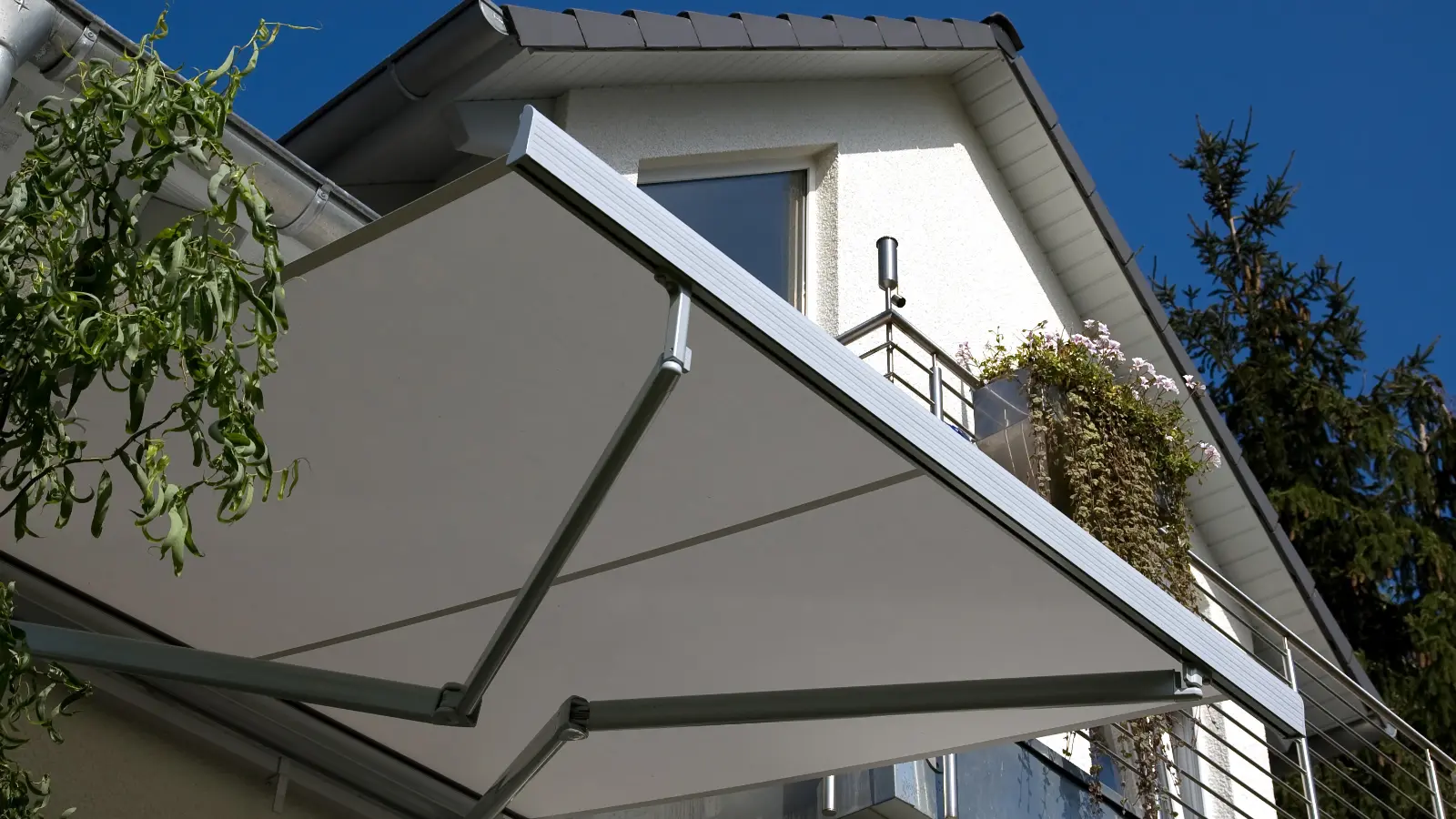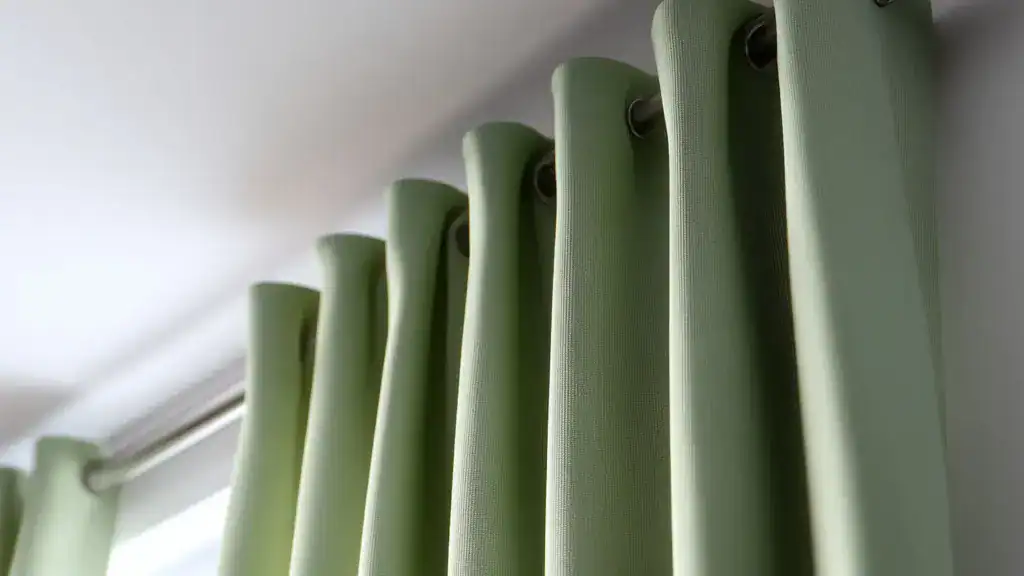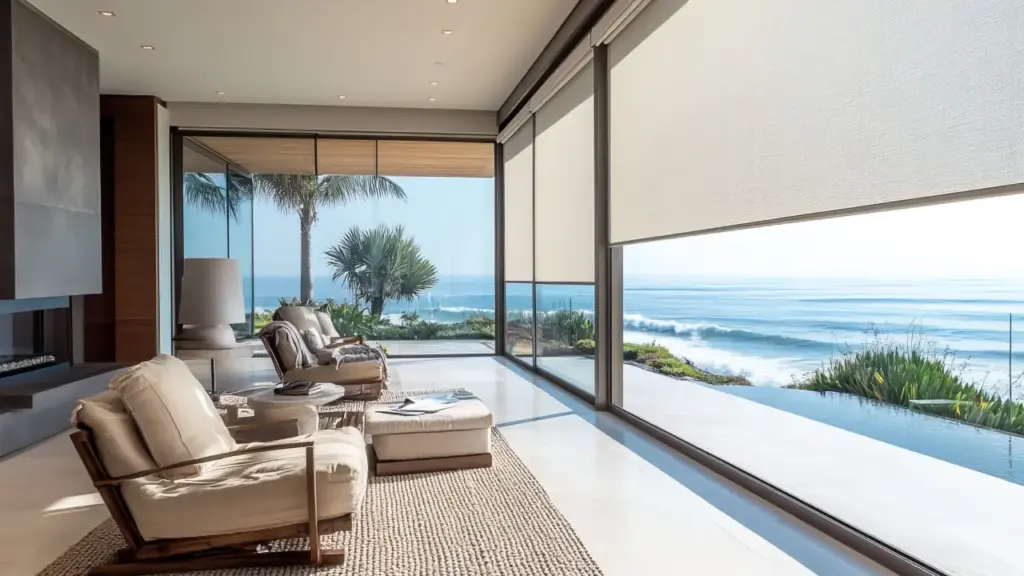Shading the Past, Present & Future: Why Awnings Never Go Out of Style

Awnings first appeared in America in the early 19th century, reaching their peak popularity in the 1920s–1940s and then declining in popularity during the mid-20th century.
Now, just like The Terminator, they’re back and badder than ever, driven by changes in architecture, technology, and energy awareness.
Awnings naturally blend form and function, providing weather protection and shade while enhancing a property’s exterior.
Technological advancements like motorization and the introduction of new materials enable greater versatility and durability than ever. Yet, despite their modern fixtures and coverings, awnings always project a classic look and always remain in style.
Versatility in Homes & Businesses
Awnings can be used in various locations around homes or businesses to maximize their benefits. Here are some potential application areas:
- Windows: Awnings serve as a sunblock, reducing heat during summer months.
- Patios and Decks: They provide a shaded area for relaxation or outdoor dining, extending the usable outdoor space.
- Entrances and Doorways: Awnings protect against rain or snow, providing a dry place to fumble with keys or shake off umbrellas.
- Walkways: In commercial settings, they shield patrons moving between buildings from harsh weather conditions.
- Outdoor Business Areas: Restaurants and cafes often use awnings to create comfortable, shaded eating areas.
- Balconies: Awnings offer additional privacy and protect the balcony from the sun.
Choosing the Right Awnings
Common materials include:
- Canvas: Canvas is extremely durable and versatile. It can be dyed or painted in virtually any color or pattern, and is often used in patio, deck, and window awnings.
- Vinyl: Vinyl awnings are water-resistant and easy to clean, ideal for areas exposed to rain or snow, such as entrances and walkways. They also resist fading, keeping their fresh appearance for many years.
- Metal: Metal awnings, such as aluminum, are sturdy and durable. They can withstand harsh weather conditions, making them suitable for commercial settings or areas with high wind speeds. Metal awnings often cover windows, doorways, and outdoor business areas.
- Polyester: Polyester awnings are lightweight and resistant to water, UV radiation, and mildew. These properties make them a top choice for balconies and other outdoor areas exposed to the elements.
- Acrylic: This material is similar to polyester, but is more suitable for sunny areas. Acrylic awnings are breathable, allowing heat to escape and keeping the covered area cooler. They’re perfect for outdoor seating areas, patios, and decks.
Conclusion
Awnings can enhance a property’s exterior, increase its curb appeal, and add value to an investment.
When selecting an awning, consider factors such as material durability, weather resistance, and aesthetic compatibility with your property. By carefully weighing your options, you can ensure your awning meets functional and decorative needs, making it a valuable addition to your home or business.
FAQs: Choosing the Right Awnings
Q: What materials are commonly used for awnings?
Awnings are typically made from canvas, acrylic, polyester, and metal. Each material has advantages, such as durability, weather resistance, and aesthetic appeal. Our team can help you select the best material for your needs.
Q: How do I choose the right size for an awning?
The size of an awning depends on the area you want to cover, the type of structure it will be attached to, and your design preferences. It’s important to measure the space carefully. Our professionals can assist with accurate measurements and ensure a proper fit.
Q: What are the benefits of retractable awnings versus fixed awnings?
Retractable awnings provide flexibility, allowing you to extend or retract them based on weather or personal preference, while fixed awnings offer constant coverage and can be more robust. Your choice will depend on your lifestyle and functional requirements.
Q: Do awnings require regular maintenance?
Yes, regular maintenance will extend the lifespan of your awning. This includes cleaning the fabric or metal components, checking for wear and tear, and addressing any issues promptly.
Q: Are awnings customizable?
Awnings are highly customizable in terms of size, shape, color, pattern, and material. You can tailor them to match the architectural style of your home or business and your personal taste.
Q: Do awnings provide energy-saving benefits?
Awnings can significantly reduce heat gain in your home or building, lowering cooling costs during warmer months. By providing shade and blocking UV rays, they enhance comfort and improve energy efficiency.
Q: Can awnings withstand extreme weather conditions?
Most awnings are designed to withstand typical weather conditions, but they may not hold up against heavy storms, winds, or snowfall. Retractable options allow you to protect your awning during harsh weather events.
Q: How long does an awning installation take?
The installation time varies depending on the complexity of the project and the type of awning. On average, most installations can be completed in a day.


